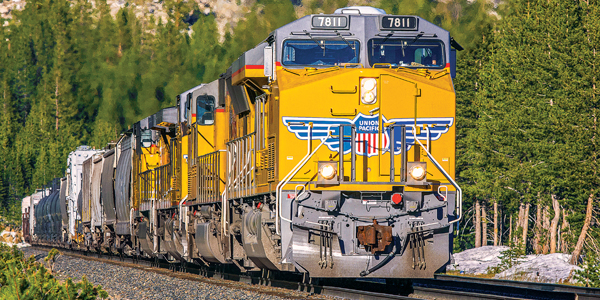Union Pacific’s rich history continues to motivate and inspire employees and visitors today, says Brunswick’s Mike France
Every company has a history. But not every company belongs in history books.
Union Pacific is the exception. The Omaha-based railroad, the largest in the US by revenue ($19.9 billion in 2016), was formed when President Abraham Lincoln signed the Pacific Railroad Act into law in 1862. Its mission – uniting the East Coast and the West Coast through the first transcontinental railroad – changed American history. Towns that were on its path thrived; many that were bypassed died.
The company’s rails carried not just lumber, wheat and tools, but modernity itself. When Union Pacific was founded, the time of day varied in the many communities on its tracks. It was usually noon when the big clock on the town square said noon, regardless of what the big clock said in the next town over. Unable to coordinate arrivals, departures and employee schedules, the company led a coalition to standardize time throughout the country. In 1883, the railroads developed their own time zones, and Congress finally followed suit in 1918 by passing the Standard Time Act officially adopting their system.
The story of Union Pacific is not all glorious – no more than the history of America itself – but it is pervasive in any account of the post-Civil War era. Many of the earliest national parks, including Yellowstone, Zion and Bryce, had their legendary rustic lodges built by Union Pacific to encourage a new generation of middle-class domestic travelers.
Today’s “net neutrality” debates in digital industries closely echo the controversies governing the nation’s original disruptive network – the rail system.


